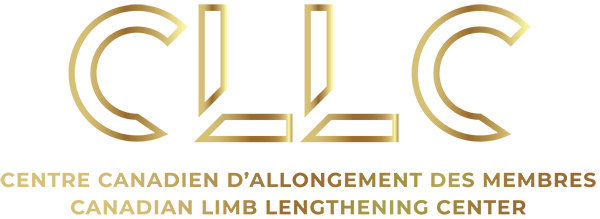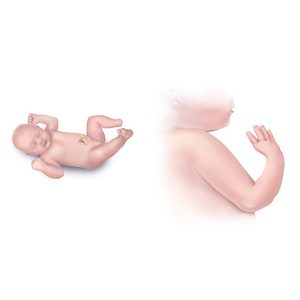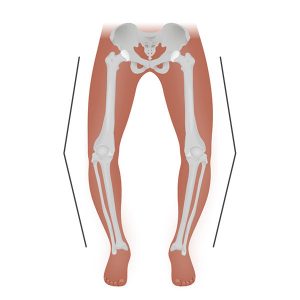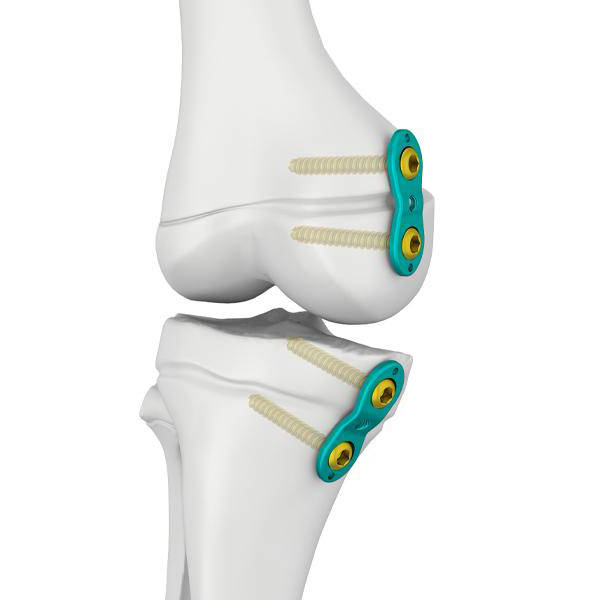Differences in leg lengths can affect a child’s activity or cause uneven wearing of a joint. Epiphysiodesis is a technique used to control the growth of a bone permanently, or temporarily. Each of the long bones in the lower limbs have growth plates. Our surgeons can selectively slow or stop the growth of a bone by targeting one or more of these growth centers. Epiphysiodesis does not yield immediate results, but rather corrects limb length discrepancies gradually over time. When growth is slowed in one limb, it gives time for the leg length discrepancy to correct in the opposite limb.
Similarly, hemi-epiphysiodesis or guided growth is a technique that stops or slows one part (half) of the growth plate. This technique is used in angular deformities such as for example genu varum or genu valgum (bowed legs or knocked knees) to slow the growth on one side of the leg, allowing the other side to grow faster thereby correcting the deformity. Typically, guided growth involves placing an 8-plate (a small plate with two holes) on either side of the growth plate.












